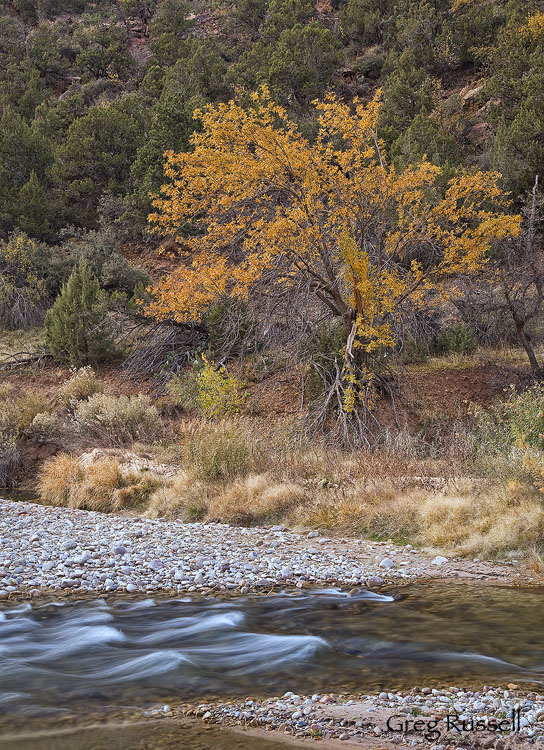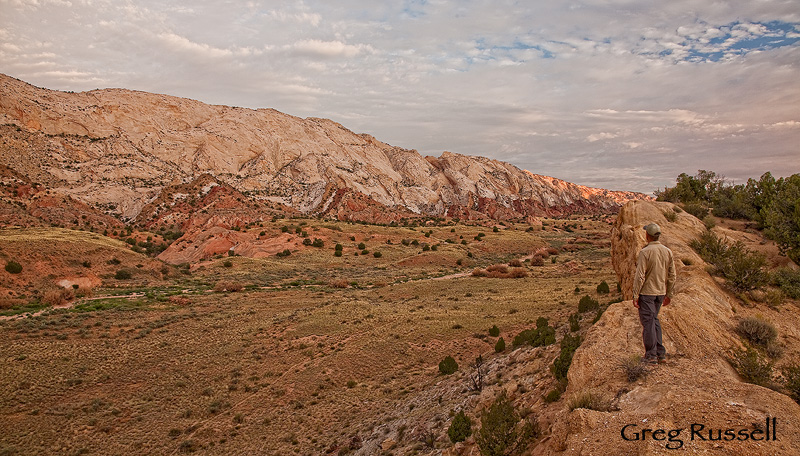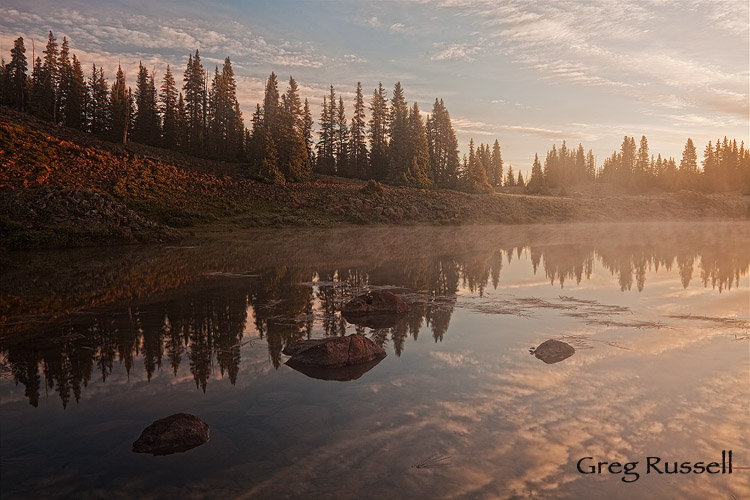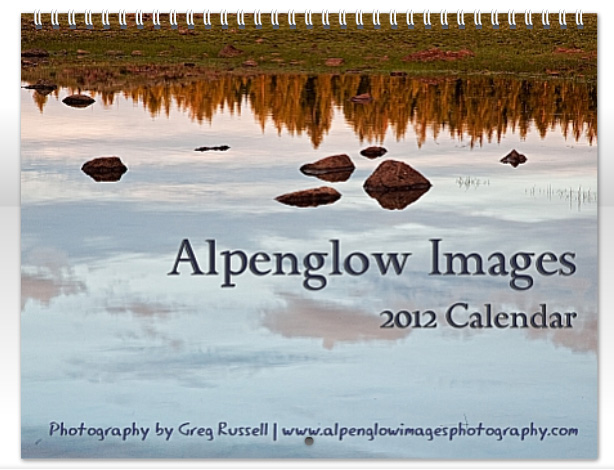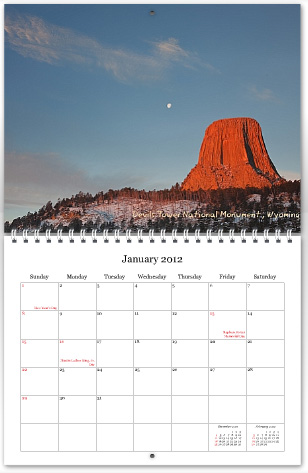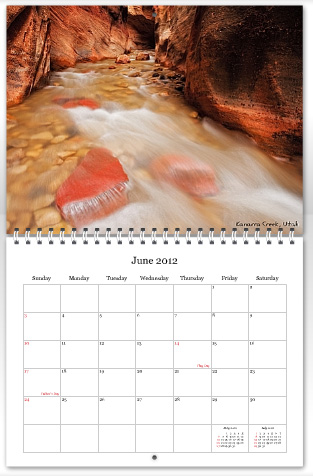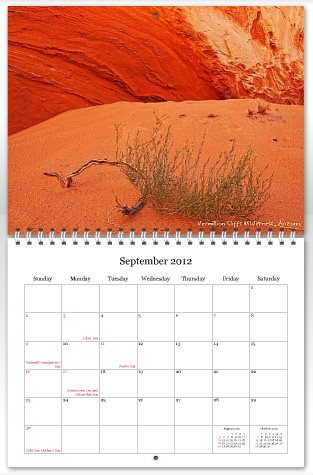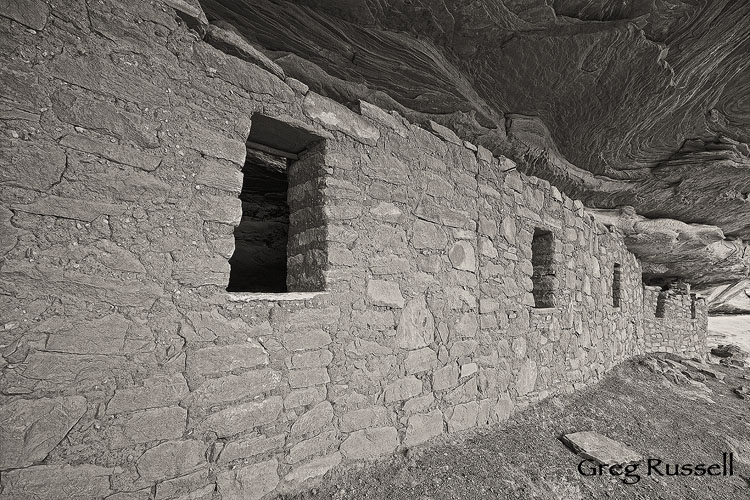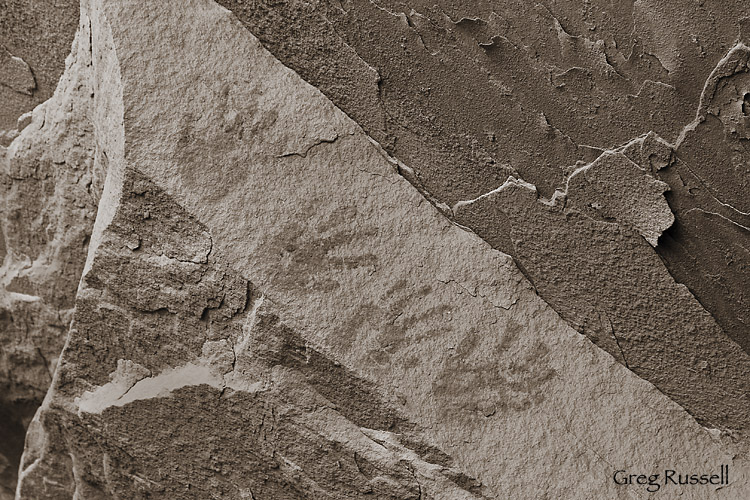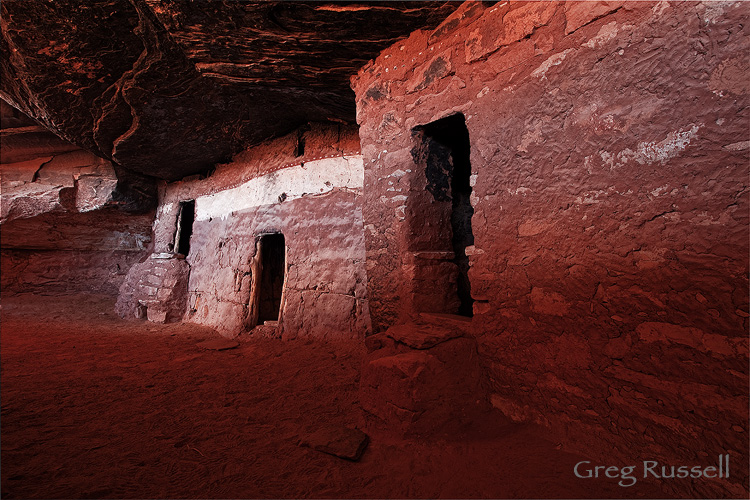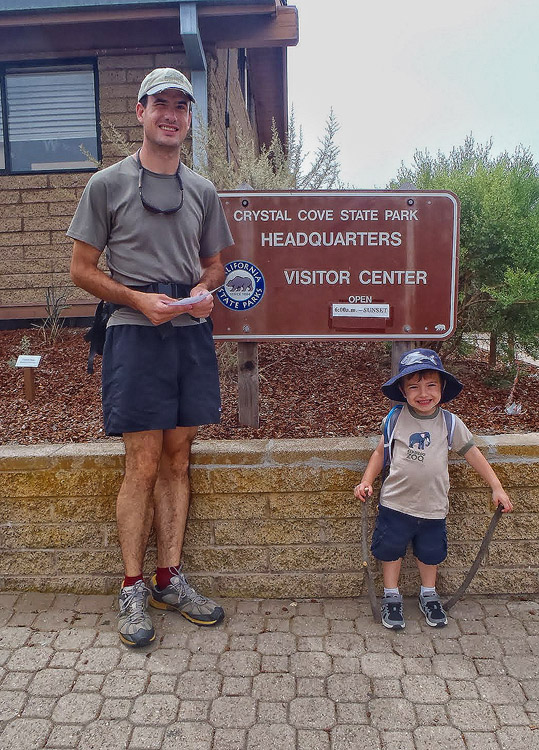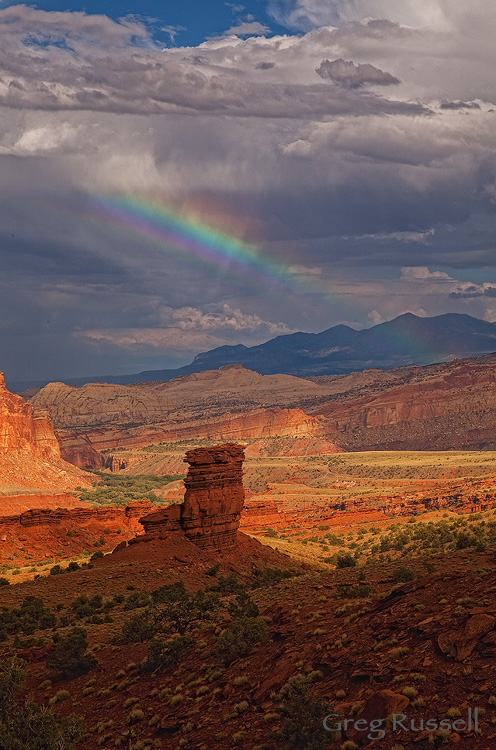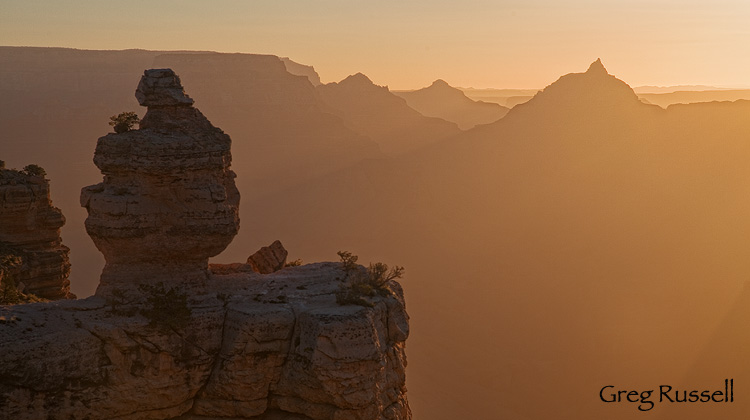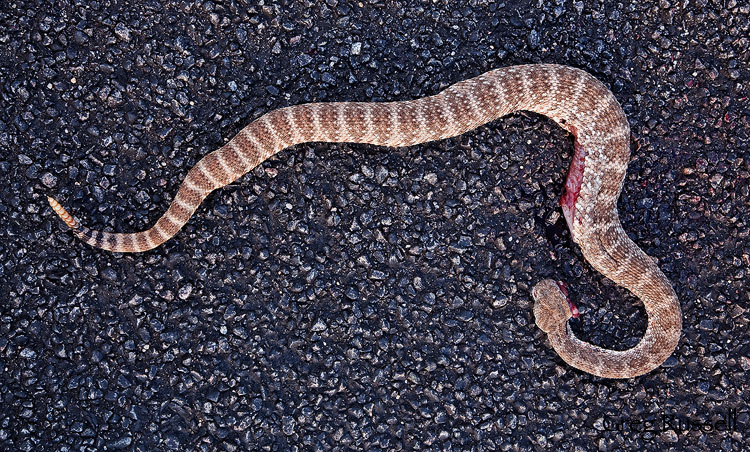In the U.S., we’ve taken the day to give thanks for all the things in our lives–material and non-material things that bring us comfort and happiness. If you’ve turned on the radio, opened the newspaper, or watched TV at all, you are well aware that there’s no shortage of opportunities to obtain happiness from material goods (rock bottom deals, starting at 10pm tonight!!!). However, I sit here tonight thinking that the old cliché holds true–the best things in life are indeed free.
I spent the afternoon walking with my family in Zion Canyon, fallen cottonwood leaves littering the ground, the smells of autumn in the air. As the sun went down, wild turkey, deer, and a grey fox graced us with their presence. It gave me an opportunity to reflect on the things I’m thankful for; a few things are:
- My capacity to feel love, and the people in my life who bring that out in me.
- The fact that we have wild places to escape to.
- My son, who’s curiosity, enthusiasm, and perception of the world always remind me to keep an open mind.
- Good beer. 🙂
- The ability we have to visit places (wild or not) that inspire us.
I won’t bore you with a long list, but those are a few of the things that come to mind at this instant. If you’re celebrating Thanksgiving today, I hope you’ve had a wonderful day connecting with friends and family…what are you thankful for today?

